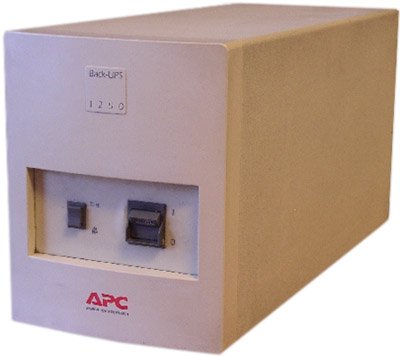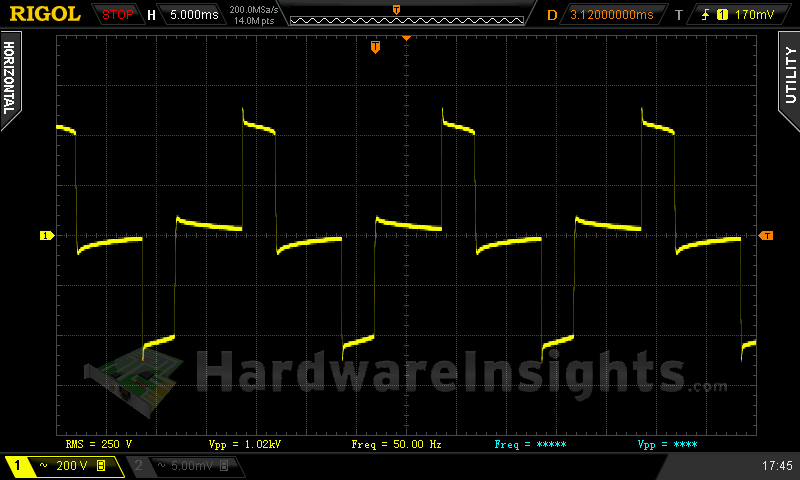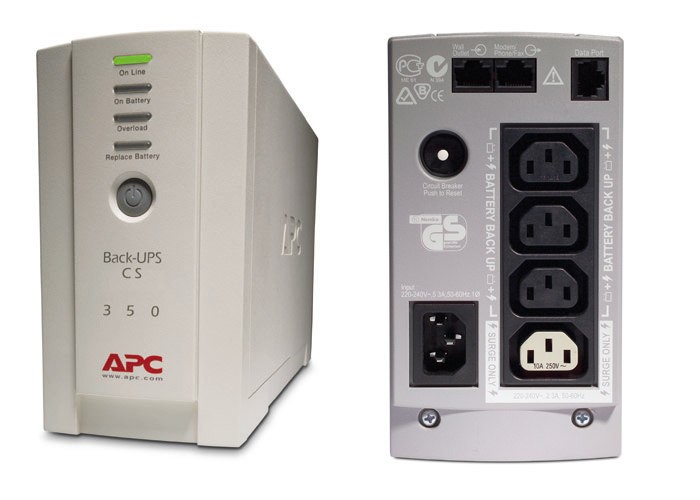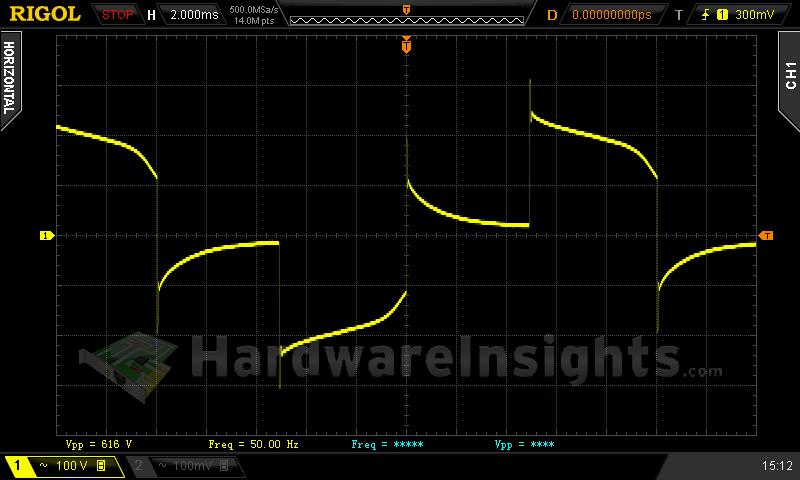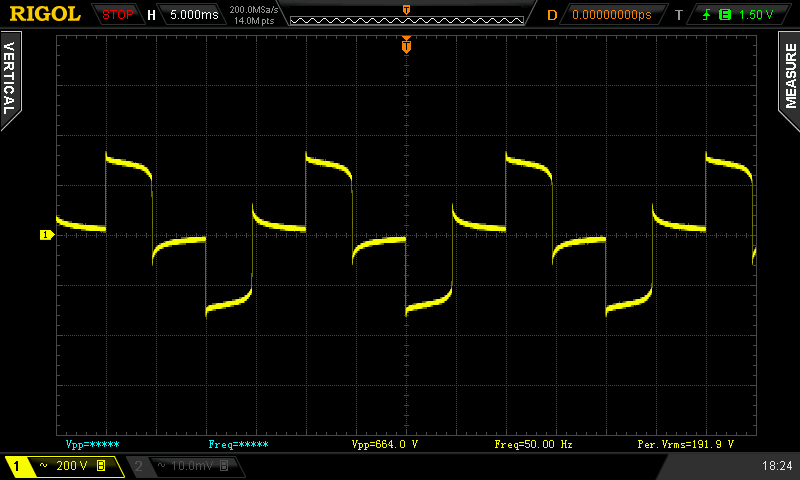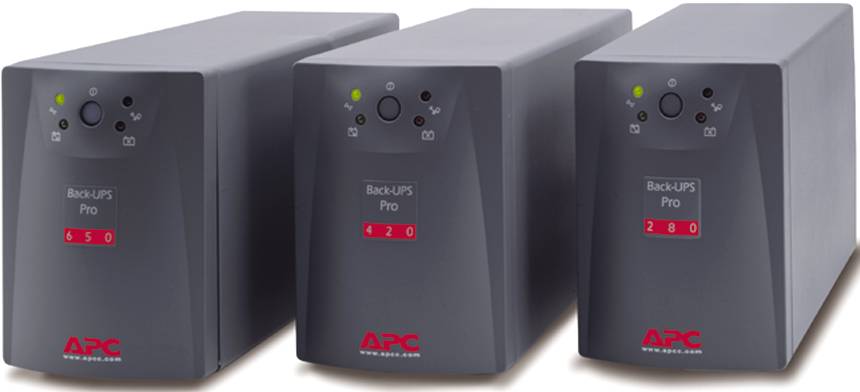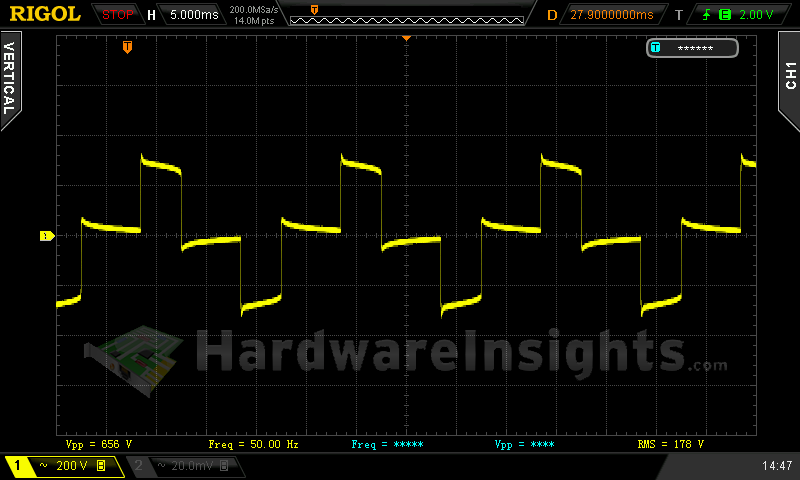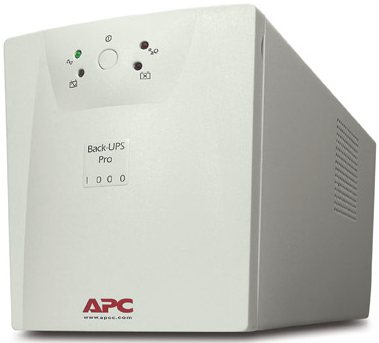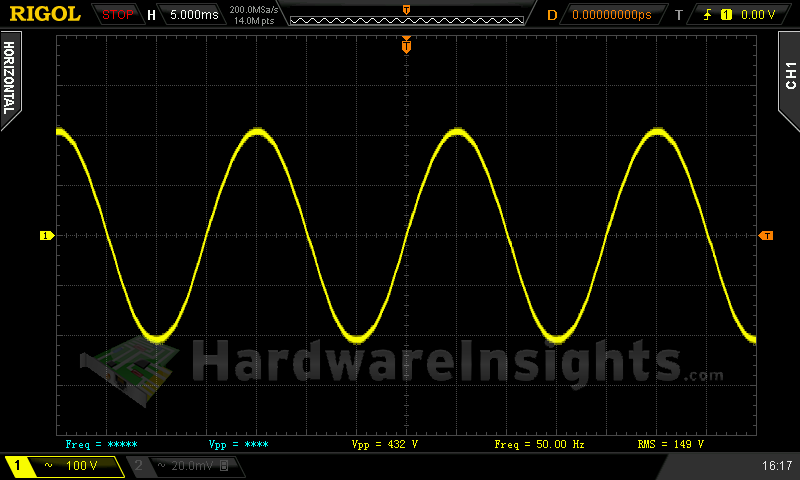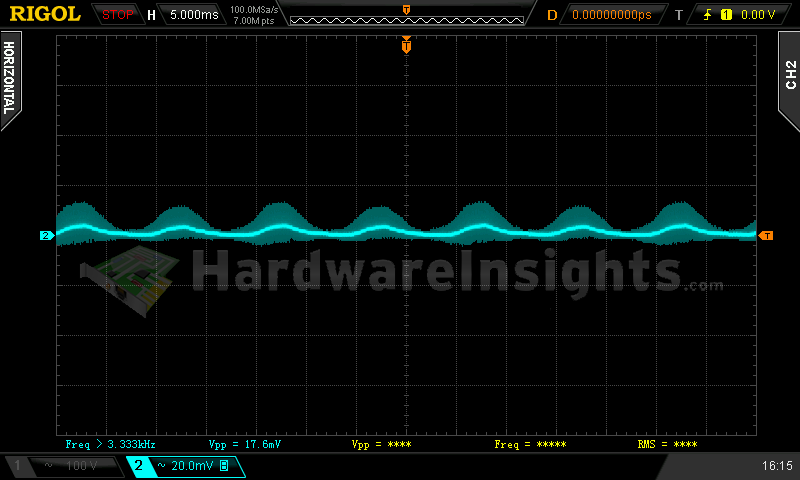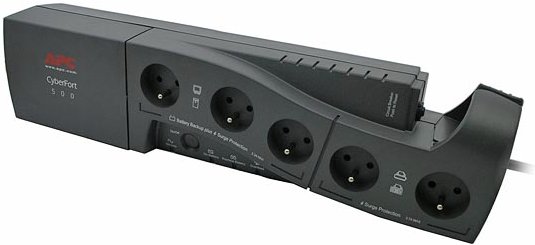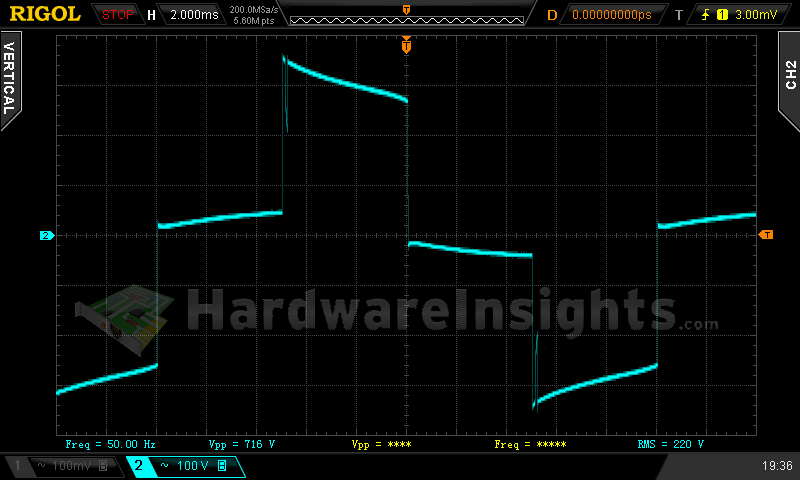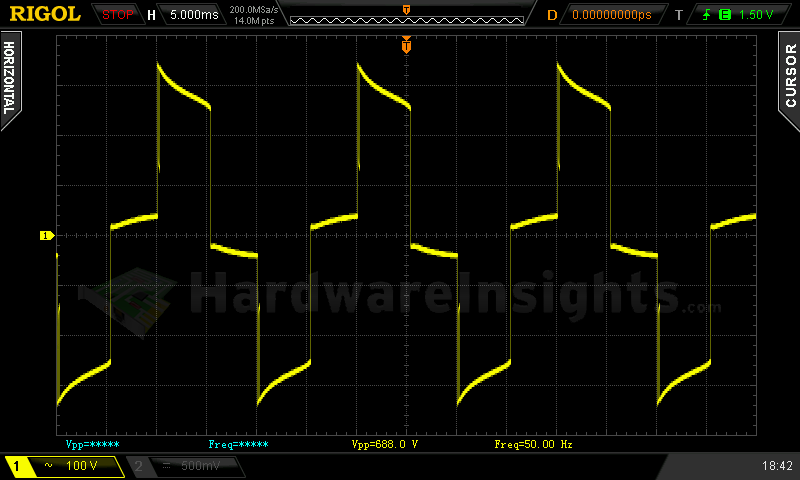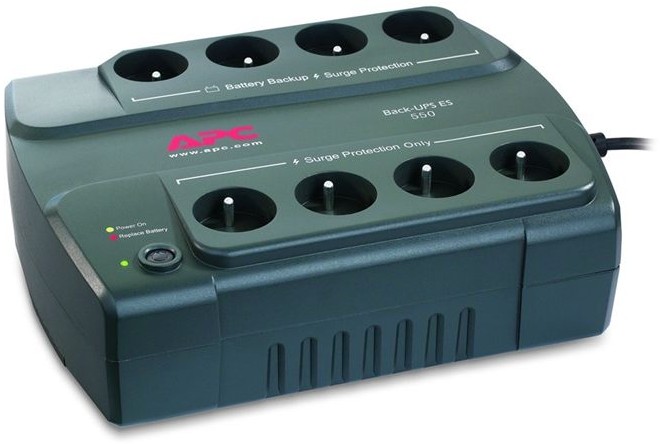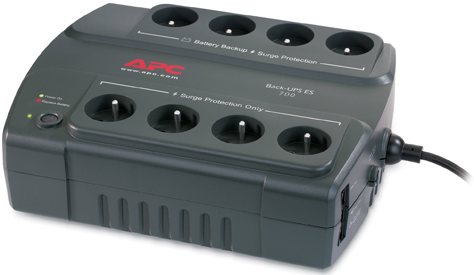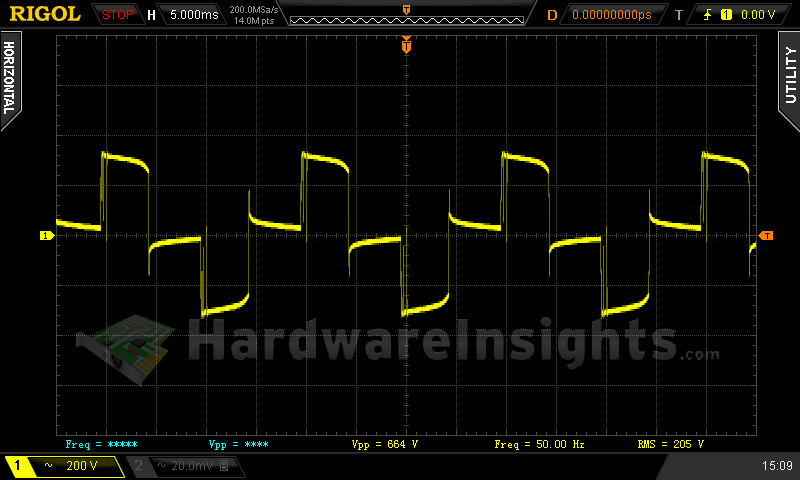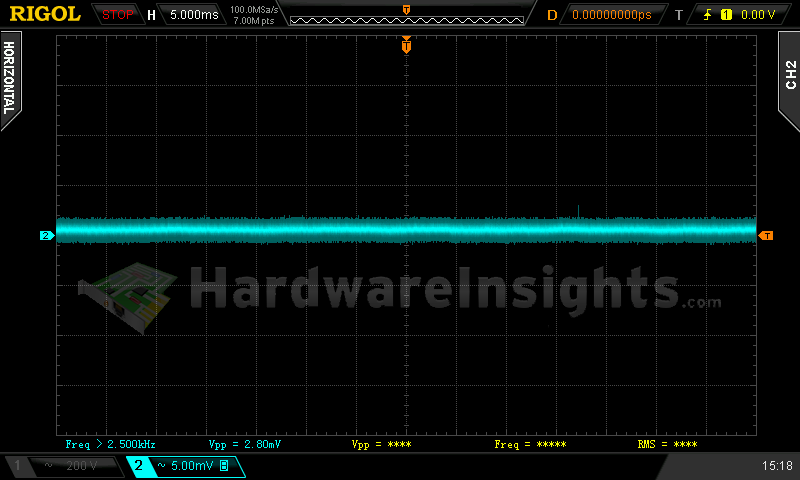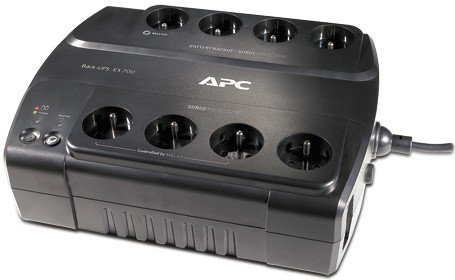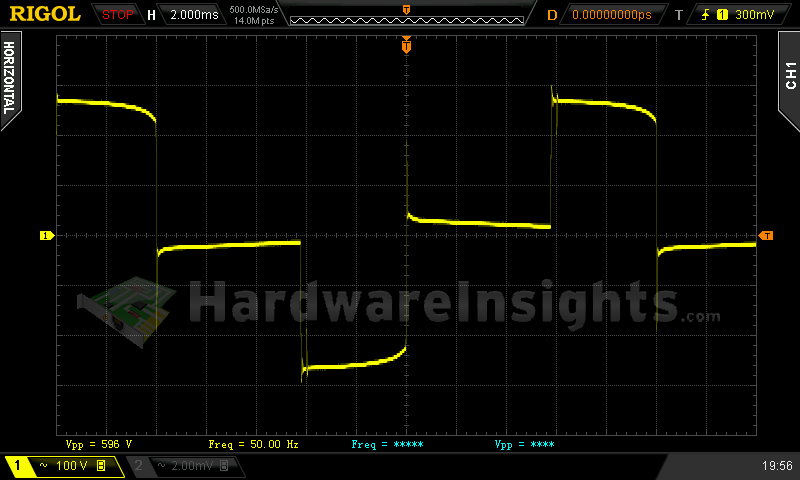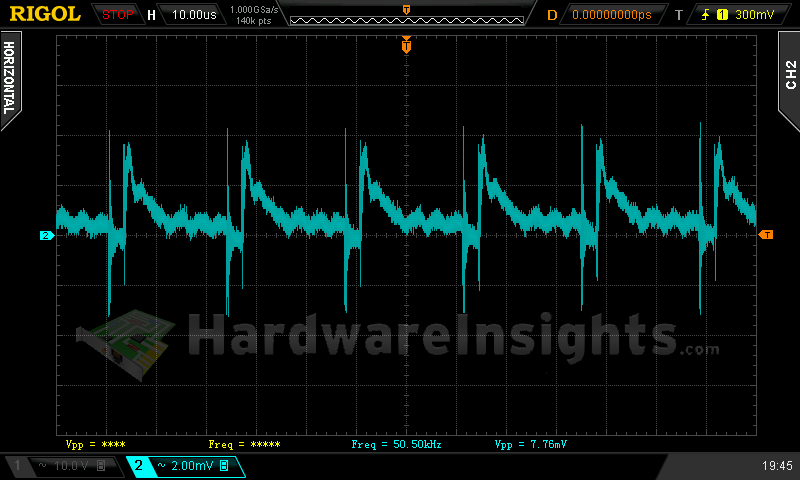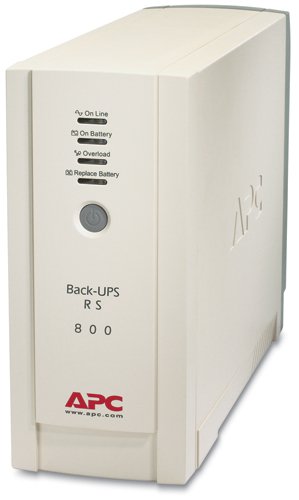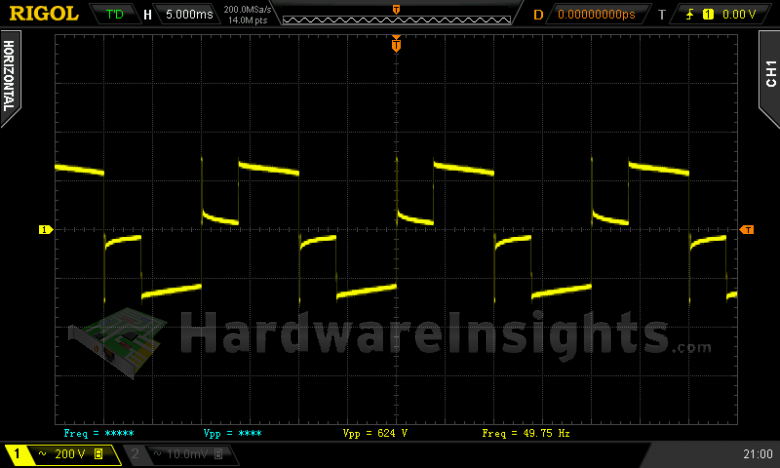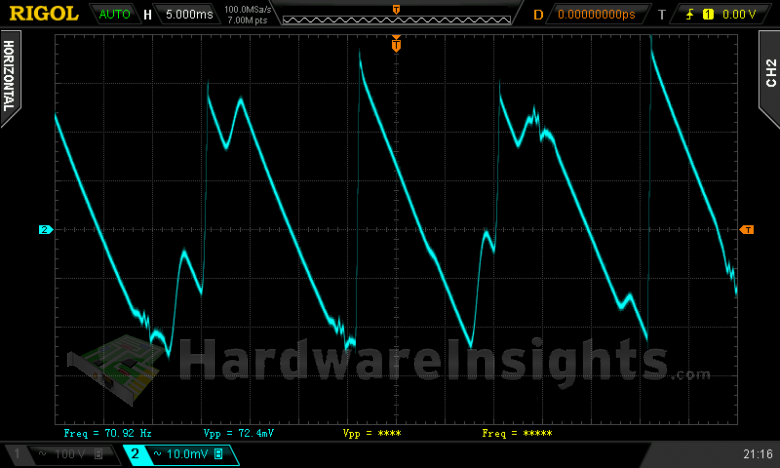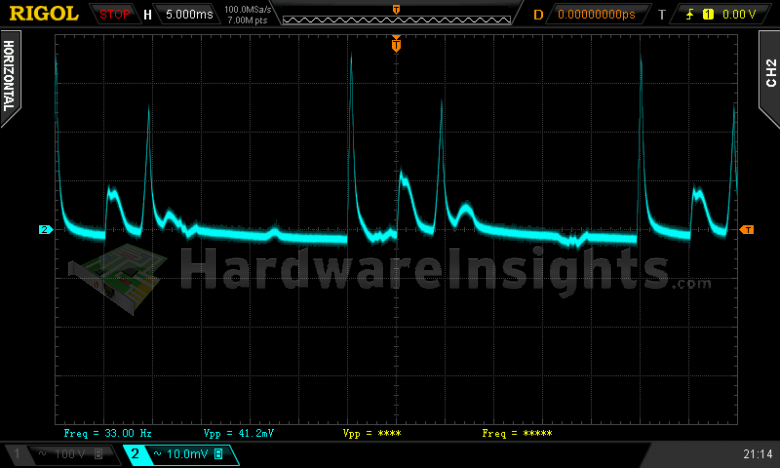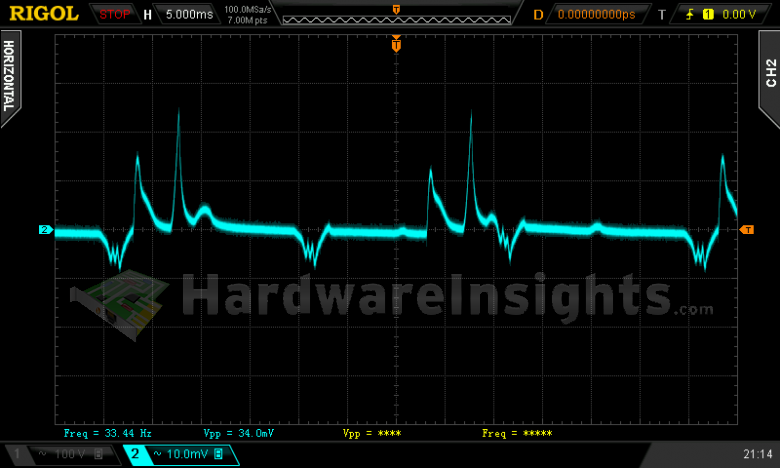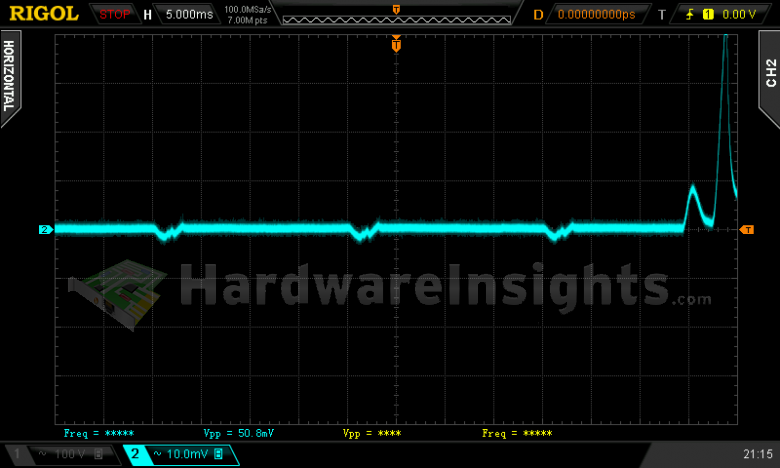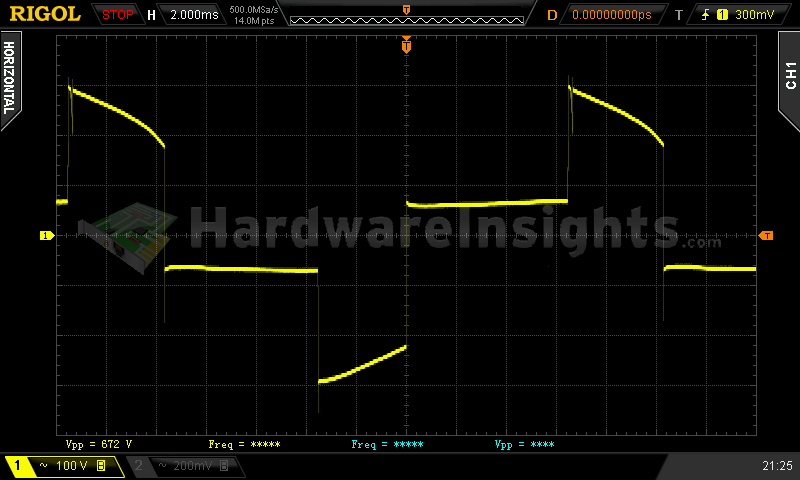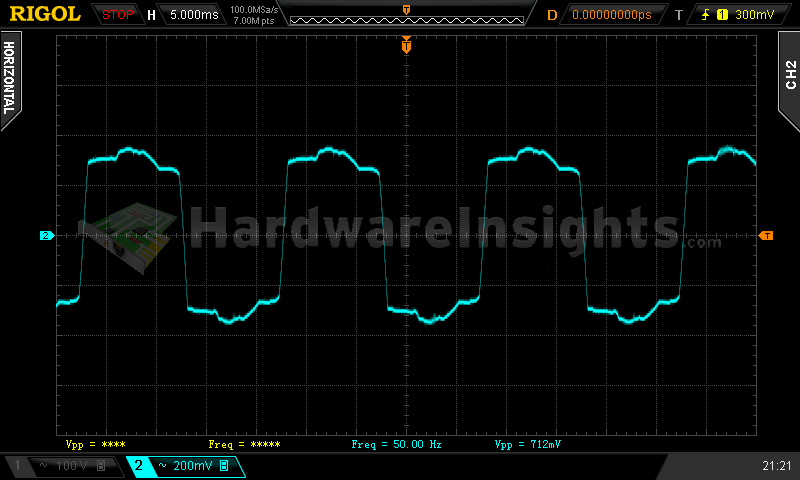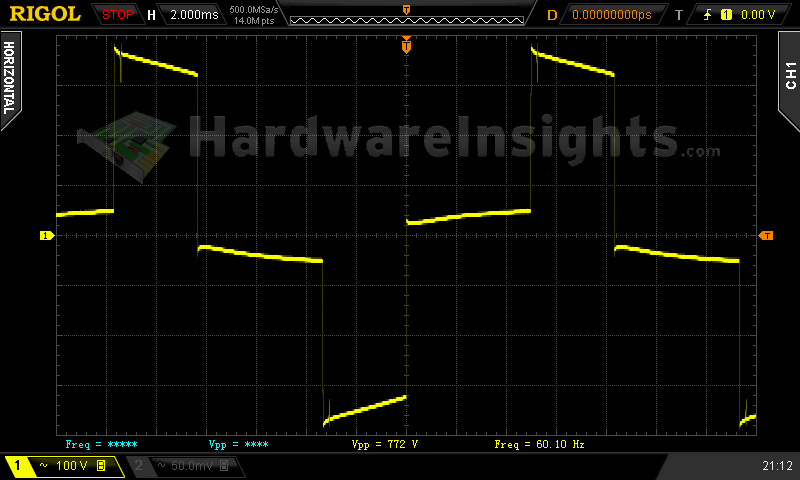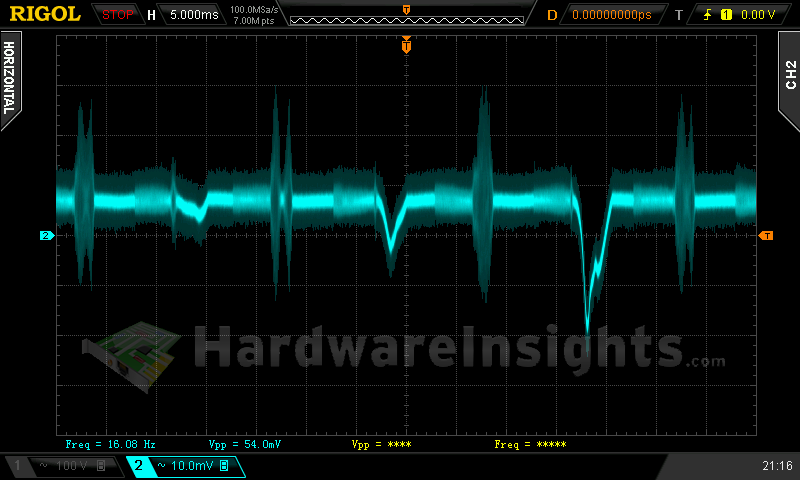Contents
- 1Introduction
- 1.1Revision history
- 2APC (Schneider Electric) Smart-UPS (stand-alone)
- 2.1Smart-UPS SC
- 3APC (Schneider Electric) Smart-UPS (rackmount)
- 3.1Smart-UPS SC
- 4APC (Schneider Electric) other
- 5Others (A-F)
- 5.1Ablerex
- 5.2AEC (Armen Electric Corporation)
- 5.3ARTronic
- 5.4Belkin
- 5.5Best Power Technology
- 5.6Chloride
- 5.7CyberPower
- 5.8Eaton
- 5.9Emerson
- 5.10Eurocase
- 5.11FSP Group
- 6Others (G-Z)
- 6.1G-Tec
- 6.2ha-vel
- 6.3Hewlett-Packard
- 6.4Integra Tech
- 6.5Powerbank
- 6.6Powerware
- 6.7Riello
- 6.8Salicru
- 6.9Socomec
- 6.10Sweex
- 6.11Trueful Electronics Corporation
- 6.12Victron
- 6.13Volt Polska
APC (Schneider Electric) other
Back-UPS 400 (BK400EC)
This UPS is so old I did not even manage to find a decent enough picture, althoug it looks similarly to the BK900I below. It is of course an off-line unit, which can not even start from batteries. Labeled power is 400 VA/250 W. Output waveforms shows the usual (pretty much) square wave. Its idle power draw (with 9Ah accumulator) is slightly over 8 W, efficiency under full load peaks at some 73 %.
Back-UPS 900 VA (BK900I)
Very old UPS from 1995 with labeled power of 900 VA/630 W. After replacing 5 small capacitors and batteries works flawlessly. It is of course an off-line topology with modified square wave output. The amplitude is incredibly high but this UPS works with switching power supplies so after rectification and smoothing with big capacitor, a saw wave with reasonable voltage will come out. The amplitude may also be caused by lack of earth ground for the UPS.
Back-UPS CS 350 VA (BK350EI)
Usual plastic brick with power of 350 VA/210 W, off-line. Modified square wave output. Compared to ES series these provide slightly lower power output but recharge up to twice as fast. Idle power draw is just 3 watts. With my modifications and 9Ah Panasonic accumulator, the runtime increases up to over 9 minutes under full load (with original rating under 4 minutes).
Back-UPS CS 500 VA (BK500EI)
This is a 500VA/300W version of the Back-UPS CS. Output waveform is pretty much the same modified square wave, or “stepped approximation to a sine wave”. With 308W output it provided over 5 minutes of backup with my moddifications and Panasonic 9Ah accumulator. The idle power consumption is about 2 W but spikes to 10 W briefly every few seconds, so I would guesstimate about 3-4 W on average.
Back-UPS CS 650 VA (BK650EI)
More powerfull, 650VA/400W version of the CS line. Although the output is quite similar to that of Smart-UPS SC, it is called differently (stepped aproximation to a sinewave). Nothing more to say we have not already covered for the weaker models. Idle power draw with 7.2Ah accumulator is about 4 W, efficiency under full load is roughly 75 %. Charging rate is about 750 mA maximum, that’s about 0.1 C.
Back-UPS Pro 650 VA (BP650IPNP)
This Back-UPS Pro unit is a step towards Smart-UPS from the ordinary Back-UPS family. While it is line-interactive, it has very limited programming capabilities compared to Smart-UPS family. Even though it can manage “smart mode” of communication over serial bus (Smart protocol), its electronics is not capable of measuring battery voltage yet. But it has very similar board to later Smart-UPS SC family which seems to be further evolution of Back-UPS Pro. The 650VA model provides 410 true watts, with 15Ah Panasonic battery and aprox. 400watt load it managed to provide over 6 minutes of operation. The output is stepped-aproximation to a sinewave only. The unit only consumes about 14 watts while idling.
Back-UPS Pro 1000 VA (BP1000I)
This unit is actually even closer to the Smart-UPS family than the 650VA version. It seems to be directly based on one of the older Smart-UPS platforms and while I am surprised, it has sine wave output. Provides 1000 VA/670 W of line-interactive power. While it does support smart communication, pretty much all the advanced functions are unavailable (most likely just turned off in the firmware), which makes dumb sine-wave UPS from it. The inverter efficiency is roughly 85 % under full load while idle power consumption about 19 watts, which is on par with similar Smart-UPS units.
Somewhat pulsed charging, but with less than 20 mV, that is basically smooth.
CyberFort 350 VA (BF350-FR)
The first generation of power extender cord with integrated accumulator, the CyberFort 350 VA/225 W. It has tiny transformer for its power, but a ferrite one so the waveform is obviously created from high-frequency switching. It handles rated power, at least for a little while. The output is modified square wave of course. The battery floats above ground so I was not able to measure the battery charging output easily. The idle power consumption is just under 4 watts.
CyberFort 500 VA (BF500-FR)
A 500VA/325W version of the CyberFort, pretty much the same as the 350VA. Usually provided with 5Ah high-rate accumulator. The measured idle power consumption is about 4 watts, similarly to the 350VA model. It’s peak efficiency under full load is very nice though, close to 90 %, which makes sense as these units use high-frequency inverter (with iron powder transformers, not those bulky ones with core made of iron sheets).
CyberFort II/Back-UPS ES 400 VA (BE400-CP)
This is particularly interesting 400VA/240W unit. While in external appearance, it looks same as BE550 and BE700 models, only lacking communication port, it has different, cheaped-out electronics. Plus artificialy created spacers in the botton part of the chasis, making the accumulator bay smaller, only for 6Ah models. You can of course break and rip those away, than it accepts standard 7.2/9Ah accumulators. Also while still not a sine-wave unit of course, it produces different waveform. No-load power draw is also lower at less than 3 watts with efficiency at full load roughly 74 %.
CyberFort II/Back-UPS ES 550 VA (BE550-FR)
Second generation CyberFort II or Back-UPS ES 550 VA/330 W. Off-line unit with modified square wave output.
CyberFort II/Back-UPS ES 700 VA (BE700-CP)
Higher-power version of the BE550, requires 9Ah batteries to last at least some reasonable time with higher load. Otherwise the same off-line unit with modified square wave output like other CyberFort II units. Idle power consumption is less than 7 watts while peak efficiency under full load is about 77 %.
Replacing the filtration capacitor with better one (in this case Chemi-Con KZE 820 μF/25 V instead of original Jamicon 330/25 PoS) on charger supply results in suppressing the ripple to basically non-existent state. Compare with BE700G-CP below.
CyberFort II/Back-UPS ES 700 VA (BE700G-CP)
Newer “eco” version capable of turning on/off some outlets in response to load from other outlets (e. g. printer with computer) or something like that. Labeled 700 VA/405 W. Requires 9Ah batteries to last at least some reasonable time with higher load. Otherwise the same off-line with modified square wave as other CyberFort II units. The idle power consumption is slightly over 7 watts, about half a watt more than the older units (as it has the extra circuitry).
Charging has pulses on 50 kHz frequency as it uses standalone SMPS for this purpose. The inverter efficiency close to full load is roughly 77 %.
Back-UPS Pro 550 VA (BR550GI)
The “new” Back-UPS Pro is in fact a continuance of the Back-UPS RS (below). The electronics is a new Schneider design, although there are some blocks of the design which have not changed much. It largely has the same features, though there is a display now and also the “green” socket function (as also the newer Back-UPS ES family has). One change is that this series now starts from 550VA/330W version with only single accumulator.
As you can see, the inverter output is still pretty much the same as before. This particular version peaks at almost 82% efficiency while running near its maximum rated inverter output though, which is quite nice value, especially from only a single 12V accumulator. Runtime with fresh high-rate one reaches about 5 minutes at such load. Idle power draw is about 6 watts.
Back-UPS Pro 1200 VA (BR1200G)
The no-load consumption of this 1200VA labeled variant is aprox. 9 W (it is difficult to measure as it varies and also there is great harmonic distortion). The modified square wave output has changed only a little.
Back-UPS RS 800 VA (BR800I)
Smaller version of the Back-UPS RS family, the 800VA/540W unit reminds of old CS plastic bricks, but it is taller as it has two accumulators inside. Idle power draw peaks under 12 watts, while efficiency close to full rated load is about 88 %. It is impossible to actually load these units to 100 % as they can not deliver rated power, I confirmed this with multiple units, they always drop output voltage the more you load them. Together with the rack-mount Smart-UPS SC (which are actually based on the Back-UPS RS family), these are the only models I have seen so far from APC which could not deliver their rated values. This series is also quite troubled with crappy SMD electrolytic capacitors. These UPSes are line-interactive with quite interesting output waveform:
Some time later I also got another unit which outputs modified square wave, this is really interesting.
Its SMPS charger has quite high harmonic distortion (thus low power factor) and also that special charging waveform so getting exact no-load power draw is somewhat difficult. But the average value is around 10 W. While measuring without batteries connected, the UPS does not like it and beeps, there are these high-ripple waveforms.
With battery connected, there are basically three charging patterns which repeat themselves. The first one appears for approx. half a second.
The second one lasts longest, few seconds.
The last one only flashes for like half a second. This may be some kind of attempt for desulfating the accumulators and it is true that they tend to last very long in these units, I have seen around 8-10 years even with crappier brands. So at least there is some advantage over the crapacitor problems (which is solvable by a good recap though) and incapability to deliver its rated power.
Back-UPS RS 1000 VA (BR1000I)

Tall plastic towers, Back-UPS RS have with active cooling and the possibility to connect external battery packs. Line-interactive with modified square wave, labeled power of 1000 VA/600 W, as with the 800VA variant, they could only deliver about 90 % of the rated power before voltage drops to the toilet.
Charging is on 50 Hz with high ripple.
Back-UPS RS 1500 VA (BR1500I)
Higher-powered version, 1500 VA/865 W. The idle power draw is oscillating about 10 watts, peak efficiency under “full load” reached over 87 %.
I’ve deliberately put full load in commas as these units are not able to deliver rated power continuously: when you unplug the input, the voltage falls down right away, so with my resistive load it results in immediate drop of power draw. When more load is added, the voltage drops further, even under 200 V and the unit simply never delivers the rated 865 watts. The ripple on charging here is somewhat lower. Be aware that the battery -, while close to earth ground potential, actually flows over this zero potential over some semiconductor gates. Grounding it results in damage to the UPS.
Back-UPS XS 700 VA (BX700U)
The latest generation of Back-UPS, this particular piece comes with rating of 700 VA/390 W, which it can not deliver as the output voltage begins falling towards 210 V as the accumulator discharges (so it does not even hold its rating of 220-240 V output). Idle power draw peaks at 14 watts, efficiency is just about 72 % near full load.
This unit is technically pretty much the same as the similar crap from Eaton, CyberPower and all them chinese incl. Must Power, being APCs response to those El Cheapos cutting its market share. Single-sided PCB using the crappiest materials and components, simple design, moddified square wave of course. On one hand, APC is trying to get reasonable runtime so with 7.2Ah accumulator (though it should use high-rate aka 9Ah) it reaches about 90 seconds, that could be enough to shut the connected equipment down (unlike some competing wonders which do not hold more than just few seconds). On the other hand, it is traded for slightly lower accumulator life as it does not shut down before discharging it under 10 V.

